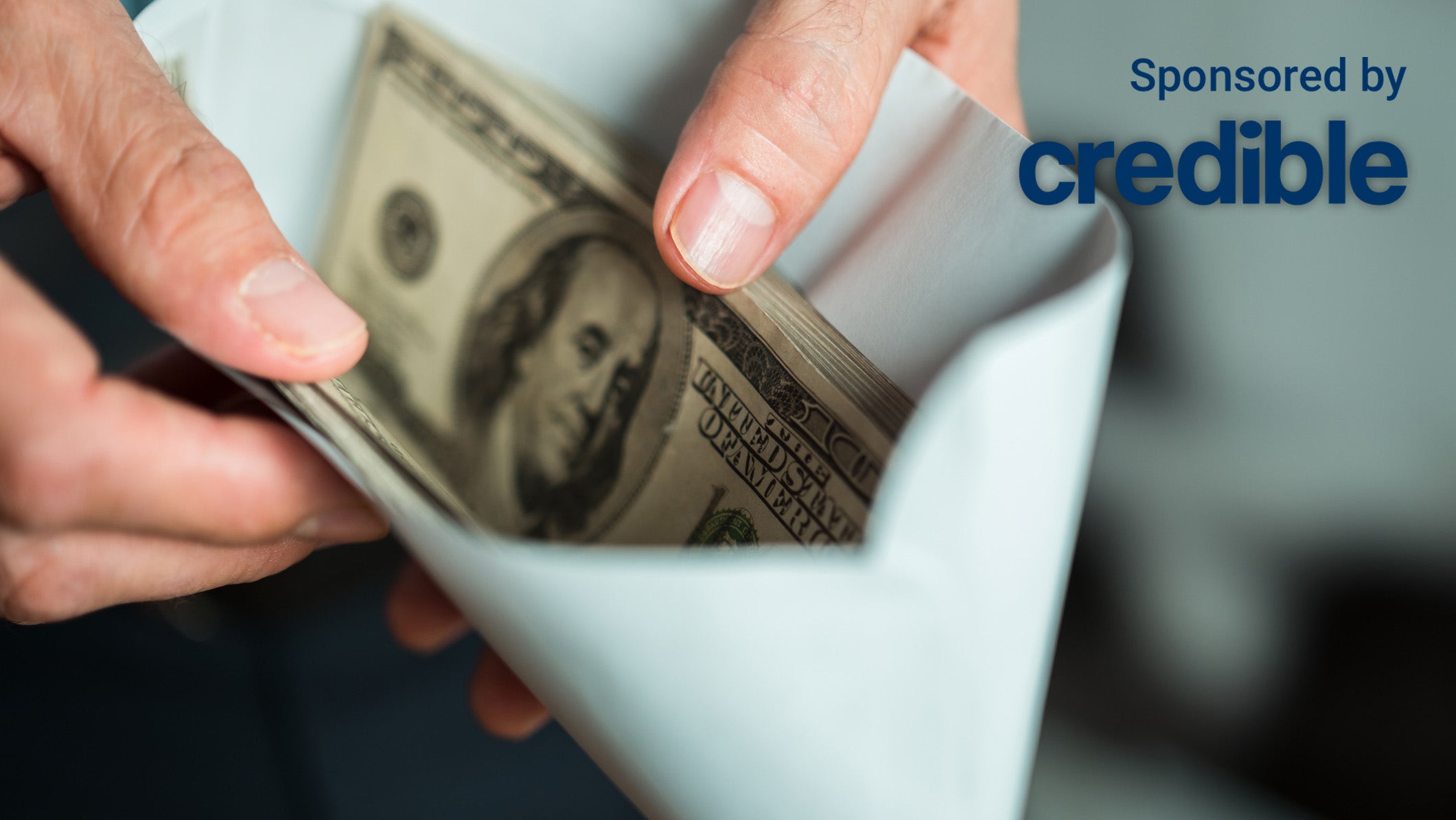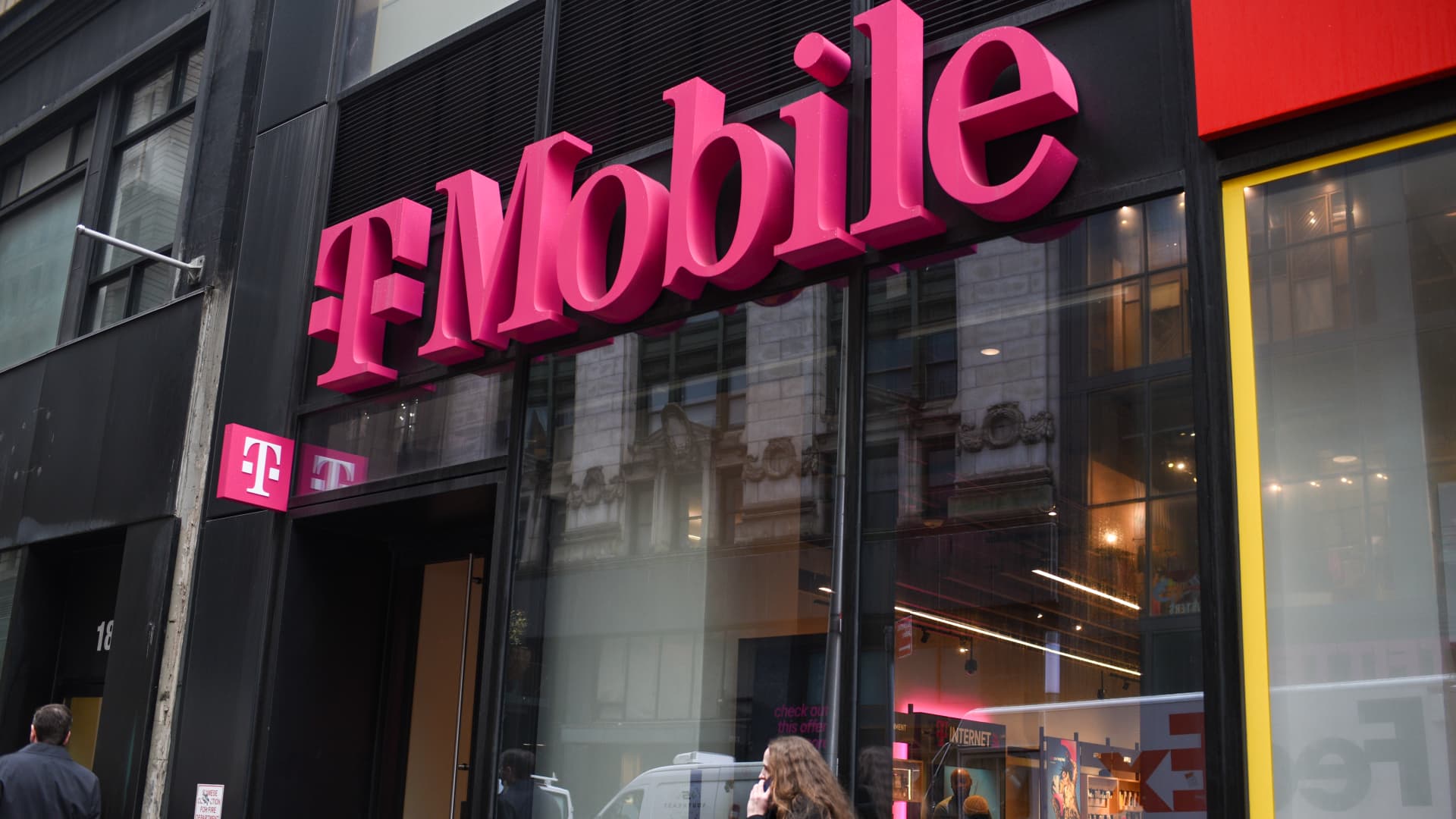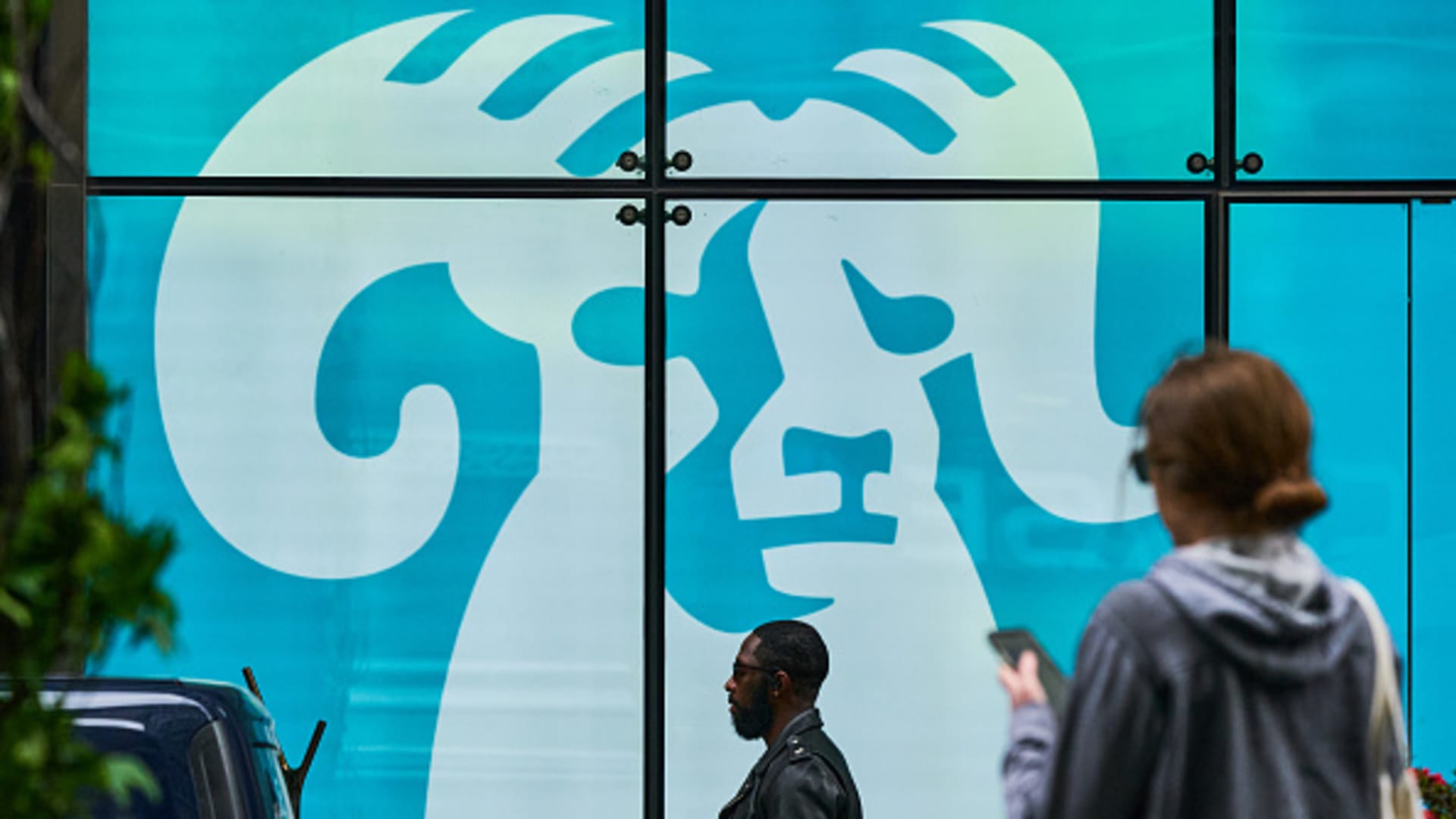Borrowers who have been paying their loans over 20 years may qualify for a refund. (iStock)
Some student loan borrowers who have been making payments for over a decade under income-driven repayment and forgiveness programs have yet to see the forgiveness they were promised.
To correct this, the Biden administration is providing that forgiveness, and, as an added bonus, some borrowers are also receiving refunds for past payments, CNBC reported.
“Loan servicers were not tracking the number of qualifying payments, and the automatic forgiveness was not occurring,” higher education expert Mark Kantrowitz explained.
“As a result, some borrowers have been making payments for years, or even decades, beyond the point at which they should have received forgiveness.”
This lack of forgiveness has caused some borrowers to pay loans longer than required by these programs. In response, the Biden administration is reviewing the payment histories of borrowers and awarding forgiveness for those who have been in repayment for 20 to 25 years.
Student loan refunds are also being awarded to those who continued to make payments after they were eligible for forgiveness.
If you can qualify for a student loan refinance at a lower rate than you’re currently paying, there are often few downsides to refinancing. Use Credible to compare student loan refinancing rates from multiple private lenders at once without affecting your credit score.
NEW STUDENT LOAN LAWS CAN HELP BORROWERS MANAGE BETTER IN 2024
3.9 million borrowers have received student loan forgiveness so far
While Biden’s initial student loan forgiveness plan was struck down, the administration has done everything in its power to reduce debt for borrowers.
So far, the administration has canceled debt for about 3.9 million borrowers, resulting in nearly $138 billion in forgiveness.
More than 793,000 borrowers received forgiveness through adjustments to Public Service Loan Forgiveness (PSLF) programs. An additional 930,500 borrowers saw forgiveness through improvements to income-driven repayment plans.
Borrowers with total and permanent disabilities have also had their loans automatically discharged. About 513,000 borrowers saw $11.7 billion in forgiveness due to these discharges.
Also, to date, the administration has forgiven $22.5 billion as a result of closed school discharges and court settlements.
Many of the loans forgiven are a result of Biden’s SAVE Plan, which is designed to help borrowers better afford their payments. Currently, 7.5 million borrowers are enrolled in the plan. Of those borrowers, 4.3 million have $0 payments.
If you have private student loans, unfortunately, federal relief doesn’t apply to you. If you’re looking to lower monthly payments and ease the burden of student loan debt, consider refinancing your student loans. Lock in some of the lowest interest rates ever via the online marketplace Credible.
STUDENT LOAN BORROWERS FACING FINANCIAL HARDSHIP MAY QUALIFY FOR BIDEN’S NEW ROUND OF DEBT RELIEF
Other student loan initiatives help borrowers save for retirement
To help borrowers save for retirement while also paying down their student loans, the Secure Act 2.0 was introduced in 2022. A provision of the act, set to kick-in this year, is Section 110.
Section 110 allows an employer to match an employee’s student loan payment with an equivalent retirement contribution. This is intended to encourage borrowers to make payments since they’re getting a match to their retirement account in exchange.
“In today’s age of volatility, protected retirement income solutions can provide employees the financial security they need to feel confident in their futures,” Eric Stevenson, the President of Nationwide Retirement Solutions, said.
“By offering a steady stream of predictable income for life, employees can stay on track toward their retirement goals and ensure they don’t outlive their income. Employers can play a critical role in minimizing delayed retirements by offering these solutions to create a world-class benefits package.”
To combat costly student loan payments, refinancing can lower your rates and monthly payment. If you’re considering refinancing, make sure to compare student loan refinancing rates before you apply. Credibe can show your new rates from multiple lenders all in one place.
MORE STUDENT LOAN FORGIVENESS IS ON THE HORIZON, AS U.S. COLLEGES COMMIT TO COST TRANSPARENCY
Have a finance-related question, but don’t know who to ask? Email The Credible Money Expert at [email protected] and your question might be answered by Credible in our Money Expert column.

 Personal Finance1 week ago
Personal Finance1 week ago
 Economics1 week ago
Economics1 week ago
 Blog Post6 days ago
Blog Post6 days ago
 Economics1 week ago
Economics1 week ago
 Economics1 week ago
Economics1 week ago
 Personal Finance1 week ago
Personal Finance1 week ago
 Economics5 days ago
Economics5 days ago
 Economics7 days ago
Economics7 days ago












